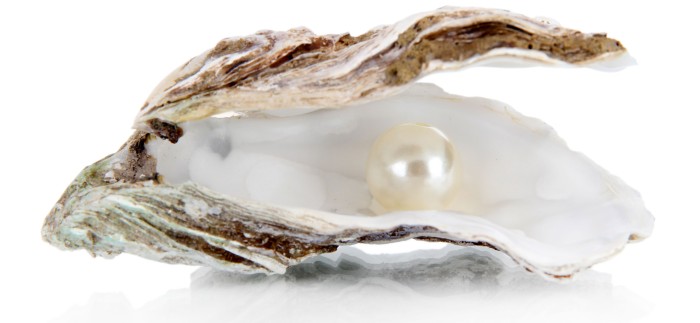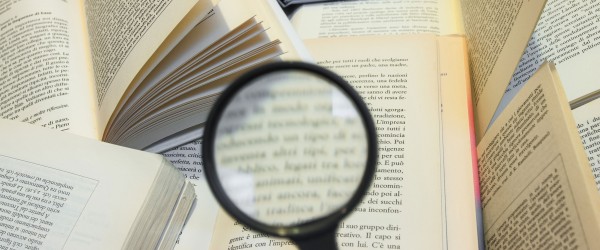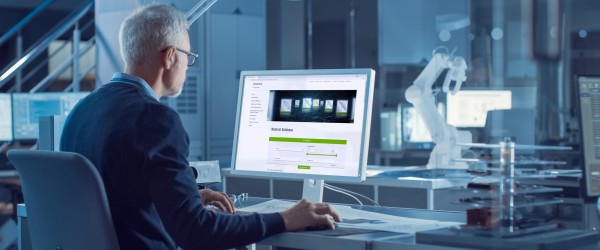Producing economically with components made of precious metals – at first glance that appears to be a contradiction in the field of glass making. However, many of our customers have already achieved a good relationship between total costs and value, and now use precious metal components on a large scale.
Precious metals are, without question, expensive. Furthermore, the prices develop dynamically, so that the use of precious metals requires a certain degree of management – with corresponding effort.
However, precious metal components are very durable and give the plant user the possibility of optimizing production by reducing downtime and unplanned set-up and changeover times. At the same time the risk of defective products can be minimized and an improvement in specific quality characteristics of the customer’s products can be achieved. And best of all the precious metal can finally be recycled and reused in new components.
Thus, the use of precious metal can be an economic proposition for you.









